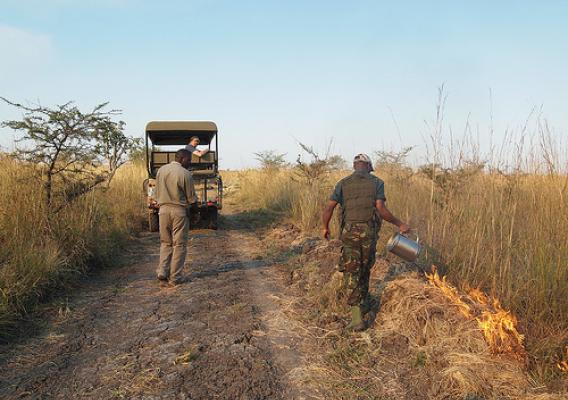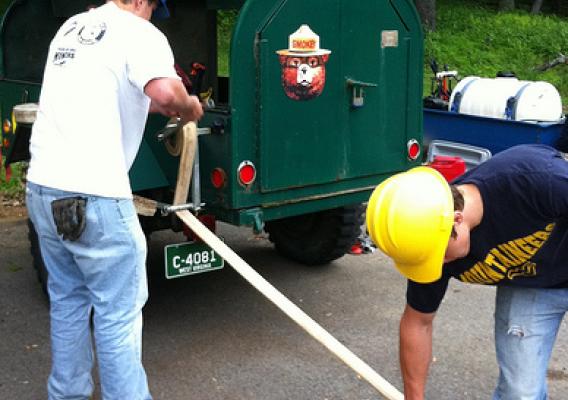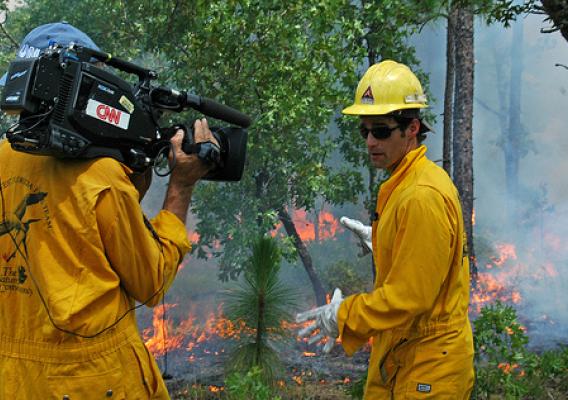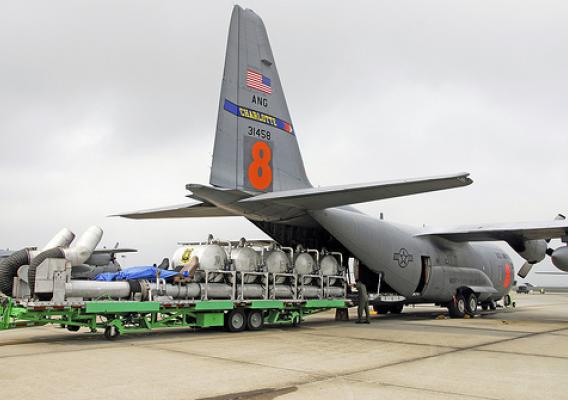This blog is part of a series from the U.S. Forest Service on its wildland firefighting program to increase awareness about when and how the agency suppresses fires, to provide insights into the lives of those fighting fires, and to explain some of the cutting-edge research underway on fire behavior. Check back to the USDA Blog during the 2013 wildfire season for new information. Additional resources are available at www.fs.fed.us/wildlandfire/.
The U.S. Forest Service has managed wildland fire for more than 100 years. As the world’s premiere wildland fire organization, the agency provides critically needed resources and expertise to protect at-risk communities. From ‘boots on the ground,’ to airtanker drops overhead, to groundbreaking research in the lab, Forest Service personnel around the country are ready to answer the call of duty.
The Forest Service launched a new wildland fire website with insightful information to help you learn about all these Forest Service activities from before, during and after a wildland fire. You’ll read about how the Forest Service feeds its firefighters, how they live while in fire camp and about the state-of-the-art technology they use while protecting natural resources and communities.









